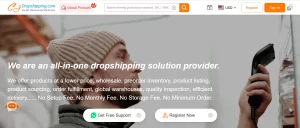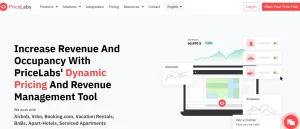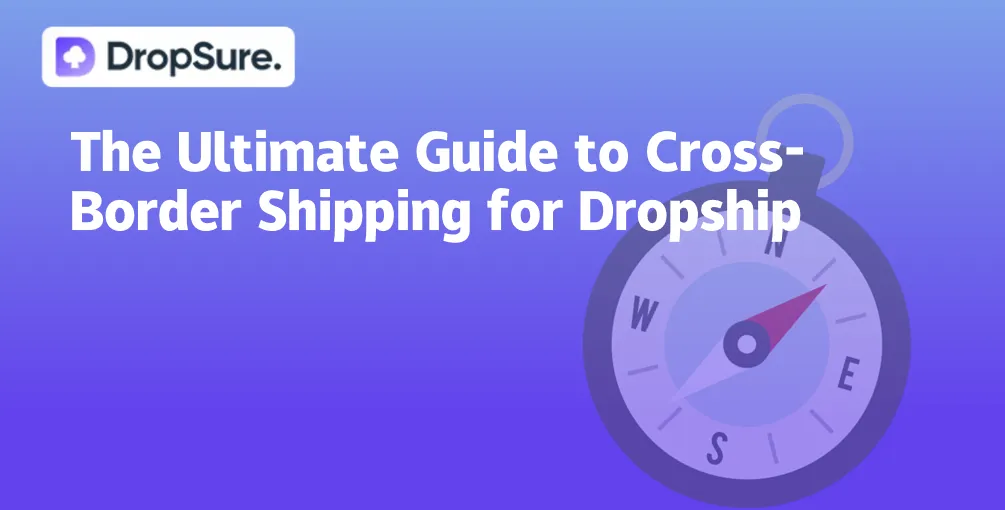Hey there! Starting or scaling your dropshipping business? Finding the right tools can make all the difference. The right ones save you time, help you make more money, and simplify your workflow. Let me show you some must-have tools for 2025 to help you crush your goals.
The Challenges of Dropshipping
First, let’s get real about the challenges. Dropshipping can be exciting, but it’s not all smooth sailing. You’ll face:
- Too many manual tasks that slow you down.
- The need to lower costs, expand products, and keep customers happy.
- Fierce competition, so you need to stand out.
Sounds familiar? Don’t worry. That’s where these tools come in. They’ll help you automate tasks, improve profits, and grow faster.
Why Use Tools?
Here’s why you need them:
- They reduce manual work. Say goodbye to time-consuming tasks.
- They help you save money and boost your earnings.
- They prepare you to grow your business without headaches.
Let’s dive into the tools, grouped by what they do.
Tool Categories and Recommendations
1. Multi-Account Management
GoLogin:
Run multiple seller accounts safely, like on Amazon or eBay.
- Why you’ll love it: Manage accounts in bulk and share access with your team.
- Great for: Splitting risk across multiple accounts.
- Pricing: Free for up to 3 accounts. Paid plans start at $49/month.

2. All-in-One Dropshipping Tools
Convictional:
Handle suppliers and automate orders easily.
- Why you’ll love it: Smooth supplier management and data insights.
- Great for: Managing many suppliers without headaches.
- Pricing: Starts at $2,000/month.

Sell The Trend:
Use AI to find winning products and make better ads.
- Why you’ll love it: Find trending products quickly and measure ad success.
- Great for: Expanding product choices and boosting sales.
- Pricing: Starts at $39.97/month.

CJ Dropshipping:
Perfect for budget-friendly sellers.
- Why youll love it: Global warehouses, automated orders, and affordable prices.
- Great for: Expanding product variety and optimizing shipping.
- Pricing: Free plan available

Yakkyofy:
AI-powered tool for smooth dropshipping.
- Why you’ll love it: Automates orders and supports custom branding.
- Great for: Budget-conscious sellers looking to streamline buying.
- Pricing: Starts at $39/month.

3. Product Research and Competitive Analysis
BigSpy:
Track competitors’ ads and trends.
- Why you’ll love it: Find what’s working for others and adapt it.
- Great for: Spotting trends and improving your strategy.
- Pricing: Starts at $9/month.

Syncee:
Connect with reliable suppliers and automate product updates.
- Why you’ll love it: No more manual updates or sketchy suppliers.
- Great for: Bulk product management.
- Pricing: Free plan available, paid plans start at $29/month.

4. Customer Service Tools
Lyro AI Agent:
AI that answers your customers’ questions.
- Why you’ll love it: Saves time on FAQs and builds trust.
- Great for: Fast customer responses.
- Pricing: Free for up to 50 conversations.

5. Marketing and Visual Tools
Claid.ai:
Edit product images with AI.
- Why you’ll love it: Create professional images fast.
- Great for: Making products stand out.
- Pricing: Starts at $19/month.
Ecomhunt:
Find trending products with ease.
- Why you’ll love it: Stay ahead of the curve.
- Great for: Spotting what customers want.

6. Inventory and Logistics Management
PriceLabs:
Automatically adjust prices to stay competitive.
- Why you’ll love it: Beat the competition with smart pricing.
- Great for: Maintaining profit margins.

Stock Sync:
Sync inventory across platforms.
- Why you’ll love it: Avoid running out of stock.
- Great for: Keeping inventory updated.

ShippingSavvy:
Find the cheapest and fastest shipping options.
- Why you’ll love it: Save money on delivery.
- Great for: Keeping customers happy with fast shipping.

Final Words
Which tool should you pick? Start with the ones that match your current needs. Don’t overspend—test free plans or trials first. This way, you’ll know what works before investing more.
Have you used any of these tools? Which one helped you the most? Drop your thoughts in the comments and share your experience with fellow sellers. Let’s grow together!





 5 min read
5 min read


